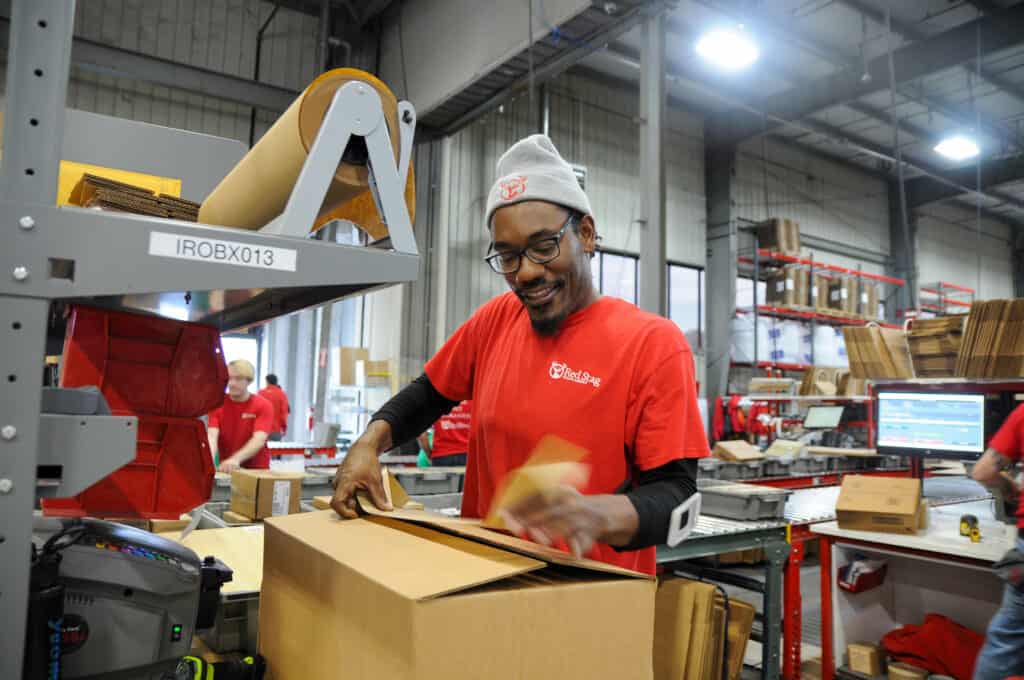If you are the manager or the owner of a company, you would want to make your workforce as productive as possible. For many people, the words “productivity” and “workforce” create a lot of negative connotations. However, there are several ways to boost productivity in your workplace without making things feel stressful or overwhelming. Here are some simple tips that you can use right away.
Table of Contents
Create a Flexible Work Environment
Flexibility is key to a healthy work environment and one that will help your employees stay focused and productive. Traditionally, we often get hung up on how much time an employee spends in the office. But that has nothing to do with one’s productivity. The key is to focus on how much they are getting done.
The internet now allows us to work remotely without any hassle. Let your employees take advantage of this and work from home occasionally. Zippia notes that workers are, on average, 13% more productive when working from home, and 77% of workers who work from home at least a few times per month show an increase in productivity.
Therefore, if you force your employees to come to the office and work only during official work hours, you are making them less productive.
Do Periodic Performance Reviews
Performance reviews are an essential part of managing your employees. They help you evaluate their performance against the expectations of their job description and set goals for improvement. It’s also a great opportunity to make sure that they’re on track with the company’s strategic direction and understand how their role fits into it.
There are a great many varieties of reviews available. One of the most effective ones is a 360 feedback survey. It is a type of survey where employees anonymously provide feedback about the performance of their coworkers. The collected data is then analyzed to spot weaknesses and strengths in their performance.
Be careful that you mostly get an idea of how an employee is perceived by their peers through this survey. You need to combine this with other data you might have to get a complete picture. Also, be mindful that the goal of this survey is not to shame or scold anyone. It is to find out how one can improve their performance.
Encourage Better Workplace Collaboration
One of the most important things you can do to boost your employees’ productivity is to encourage collaboration. Collaboration helps employees learn from each other, share knowledge, make better decisions, and feel more valued at work.
Again going back to a survey by Zippia, employees who work in a collaborative setting are 50% more effective at completing the task at hand than people who don’t. Therefore, actively try to promote collaboration in the office. Ask people to help each other and pair employees up on assignments when possible. You can also organize office parties and outings to develop better employee relationships.
Do Not Micromanage Your Employees
You should never micromanage your employees. Instead, you should trust that they are capable enough to do their jobs and let them get on with it. This doesn’t mean you should not assist or mentor your employees when you need to. It is a fine line to be mindful of, but Harvard Business Review has some tips to help you out.
- Do not jump in at the first sign of trouble. Let your employee work the problem out. If they are still stuck after some time, they will realize they need your help, and it would be much more appreciated.
- Clarify from the beginning that your goal is to help them, not do their work for them. When you show people that you trust them, they will be more eager to deliver.
- How much you get involved should depend on how important the matter is. If it is a simple issue, don’t get too involved. But if it is a complex issue of great significance, then allot more of your time to mentor them and check in periodically to see how they are doing.
Train Your Employees With Care
Training is one of the most important parts of employee development, but you want to ensure that it’s done in a way that will be most effective for your employees. Gartner reports that the skills required for a single job increase by 10% every year, and 30% of the skills they needed 3 years ago will soon be unnecessary. Then what to do as an employer?
Gartner recommends that instead of trying to predict future needs or simply reacting to submitted requests for skill training, one should take a dynamic approach. Monitoring the real-time shifting trends in skill requirements and preparing your training according to it. You also need to keep an open channel with employees so they can communicate what they feel is needed.
Keeping your employees happy and productive is key to the success of your business. For that reason, it’s essential to understand how they can be more effective and what you can do to support their efforts which we hope this article has provided.















